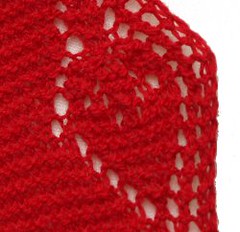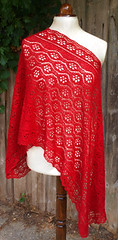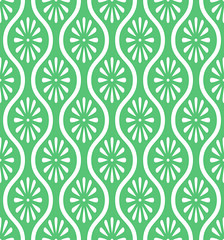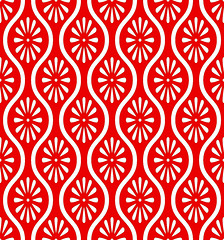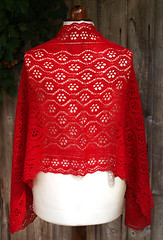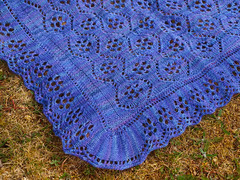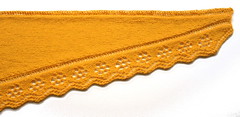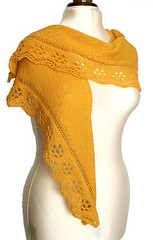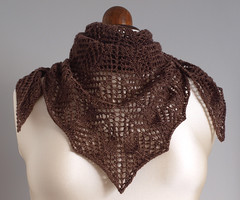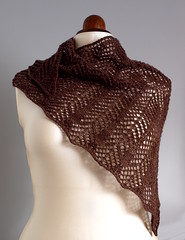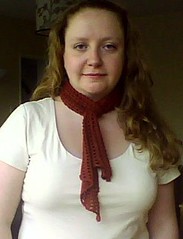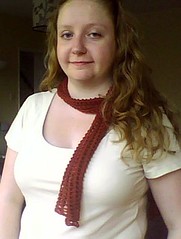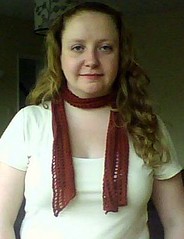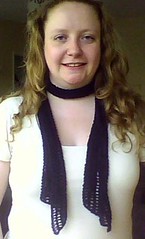I’m not very good at self-promotion. It’s been suggested to me in the past that Scots can be “a bit backwards about coming forwards” and, while I wouldn’t like to comment on the general application of the statement, it describes me to a tee.
However, the whole point of publishing things is to share them with other people and, in a previous post, I promised to share all my publishing news so here’s the full run-down of what I’ve been up to publishing-wise and a sneak preview of what is to come.
There’s been both self-publishing and non-self-publishing so let’s start with the stuff that other people have published.
In the other post, I talked about Theresa, which was actually the second pattern that I had published in The Fibertarian; the first was my Stylish Squares blanket in their Winter 2009 edition. This was my first ever published-by-someone-who-wasn’t-me pattern and both the submission process and the publication were more than a little nerve-wracking but so exciting that I was determined to do it again, which I promptly did in their Spring 2010 edition.
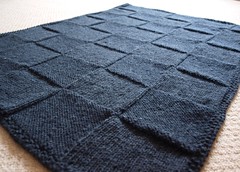
Those of you who clicked on the blanket link will have realised that it doesn’t take you to The Fibertarian site, it takes you to Yellow Ginger Designs instead. I decided that I wanted to keep a certain amount of distance between this blog (personal) and my publishing (public) and so I started Yellow Ginger Designs. The name comes from the beautiful yellow ginger plants that we saw in Hawaii. We later learned that they were actually an imported pest that the state is trying to eradicate completely but I still think they’re beautiful! (Unfortunately, the design of the site doesn’t currently live up to the beauty of its name but pretty-ing it up is definitely on my to-do list.)

Yellow Ginger Designs will have all my self-published knitting patterns as well as sewing and other craft projects. At the moment, it’s mostly knitting patterns but I have some sewing projects and craft tutorials that just need some decent photographs before they can go up. Everything is free at the moment, but I do plan on adding a “for sale” section in future. Everything that is currently free will remain free and there will continue to be free content added.
I’ll continue to blog about craft stuff in general on this blog but any patterns or tutorials will be published over there. I will probably mention here when I’ve updated the other site but I can guarantee that, given my dislike of promotion, this blog won’t be turning into a constant stream of advertising!


